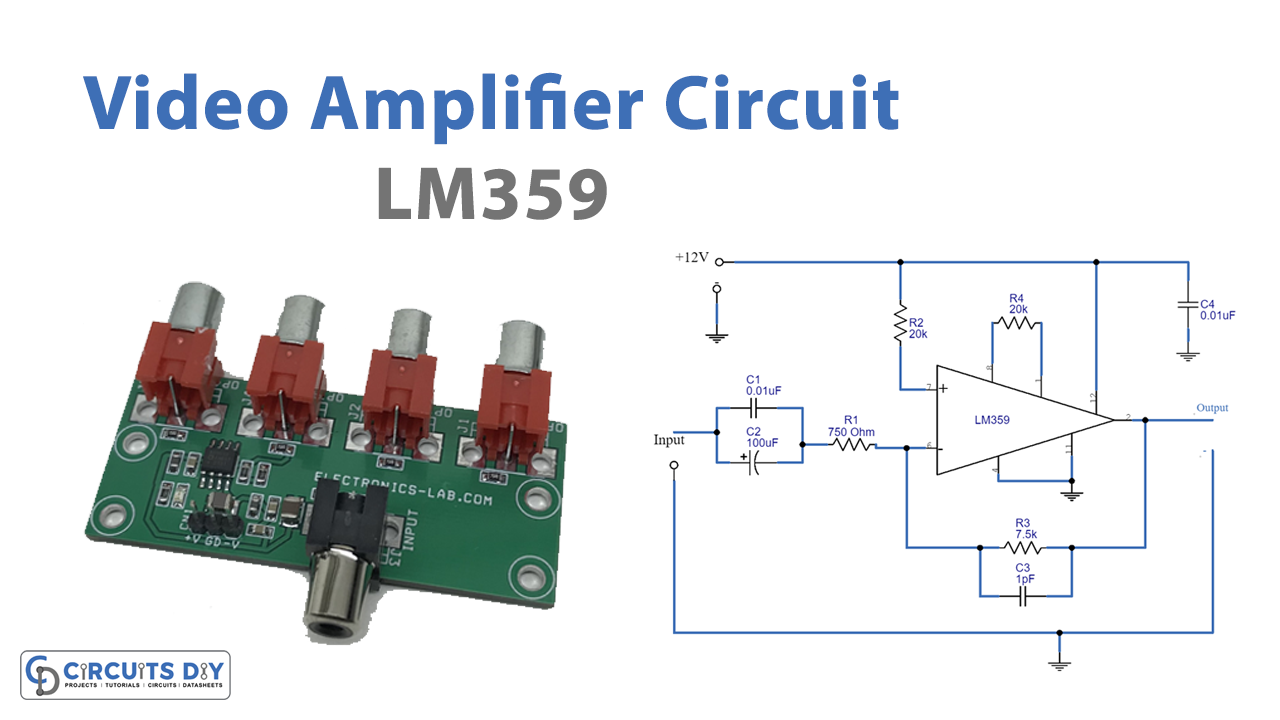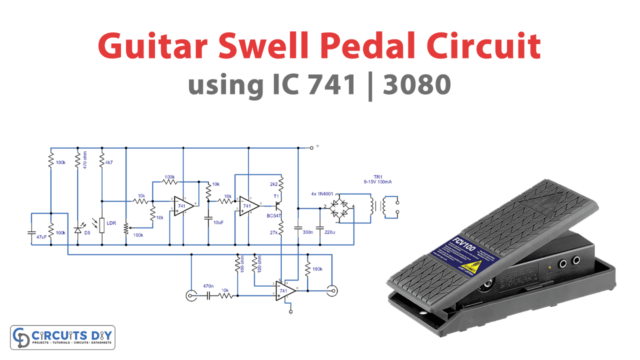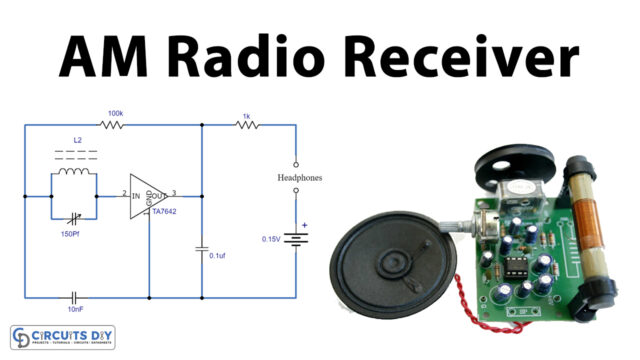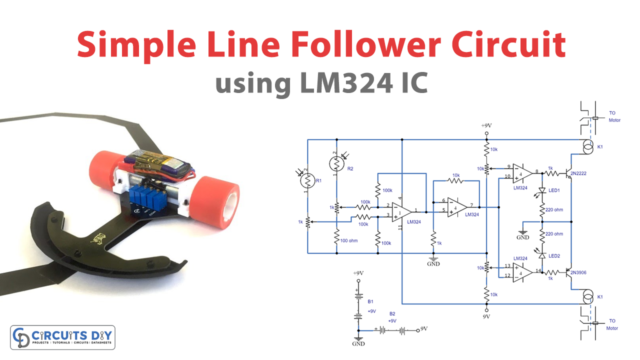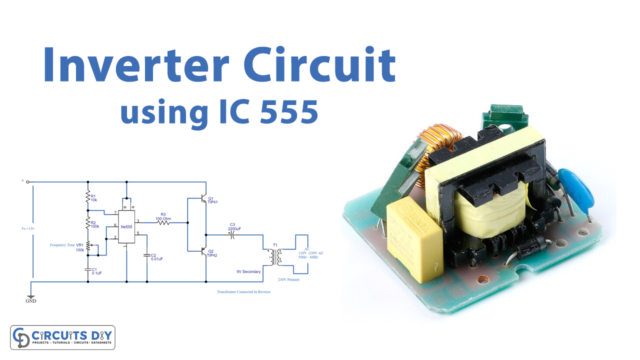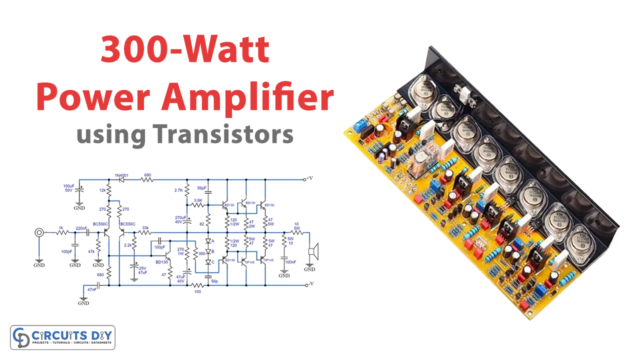Introduction
An amplifier, also known as an electronic amplifier is a type of electronic device that can boost the power of a signal. It is a two-port electronic circuit that uses power from a power supply to boost the signal applied to its input terminals, resulting in a signal with proportionally greater amplitude at its output. Amplification can be done for audio and video signals. In many of our articles, we have discussed different audio amplifiers. So, today, in this Tutorial we are going to make “a Simple video amplifier circuit”
Depending on how the video signal is processed, video amplifiers boost the video signals; different video amplifiers have different bandwidths.
Hardware Required
Circuit Diagram
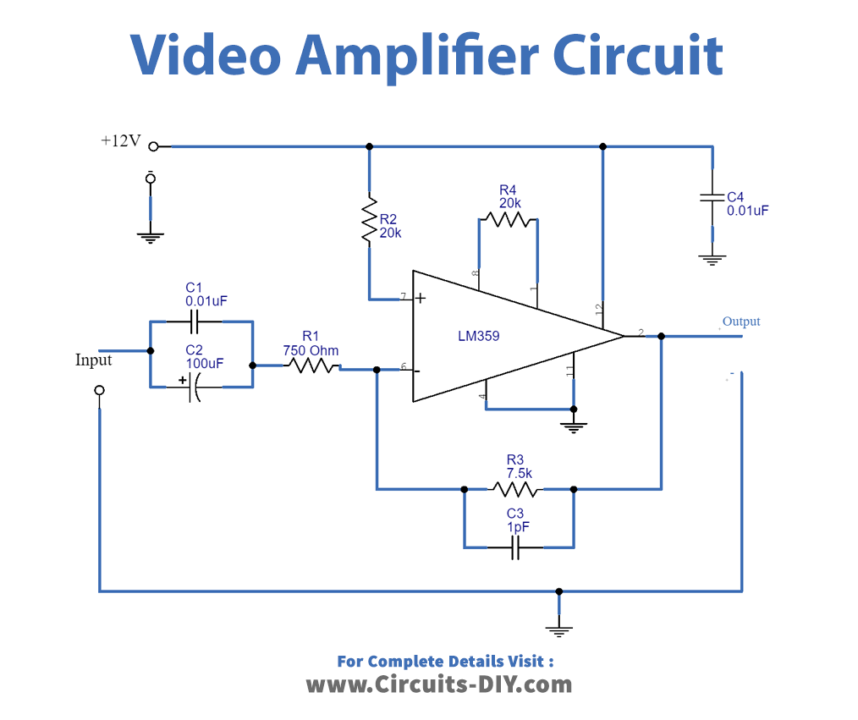
Working Explanation
A simple video amplifier circuit employs an op-amp IC LM359. This op-amp is fed negative feedback from or is not inverting. Because his signal is polarised in the negative. The output signal is then fed back to the negative polarity. To make the operation more stable. However, the gain is reduced. It will raise the frequency bar even higher in equal proportions.
The circuit’s gain is established by dividing resistors R3 and R1 by 10 times. So, at a frequency of 20 MHz, a gain is about 20 dB. Resistors R1 has an input resistance value of 750 Ohms and a load resistance value of 75 Ohms. The antenna’s load is 75 Ohms. The R1 value is a unique value that applies only to the number LM359.
Application Uses
- video recording systems
- Pulsed amplifiers
- Television receivers
- Cathode-ray-tube computer terminals, Etc


